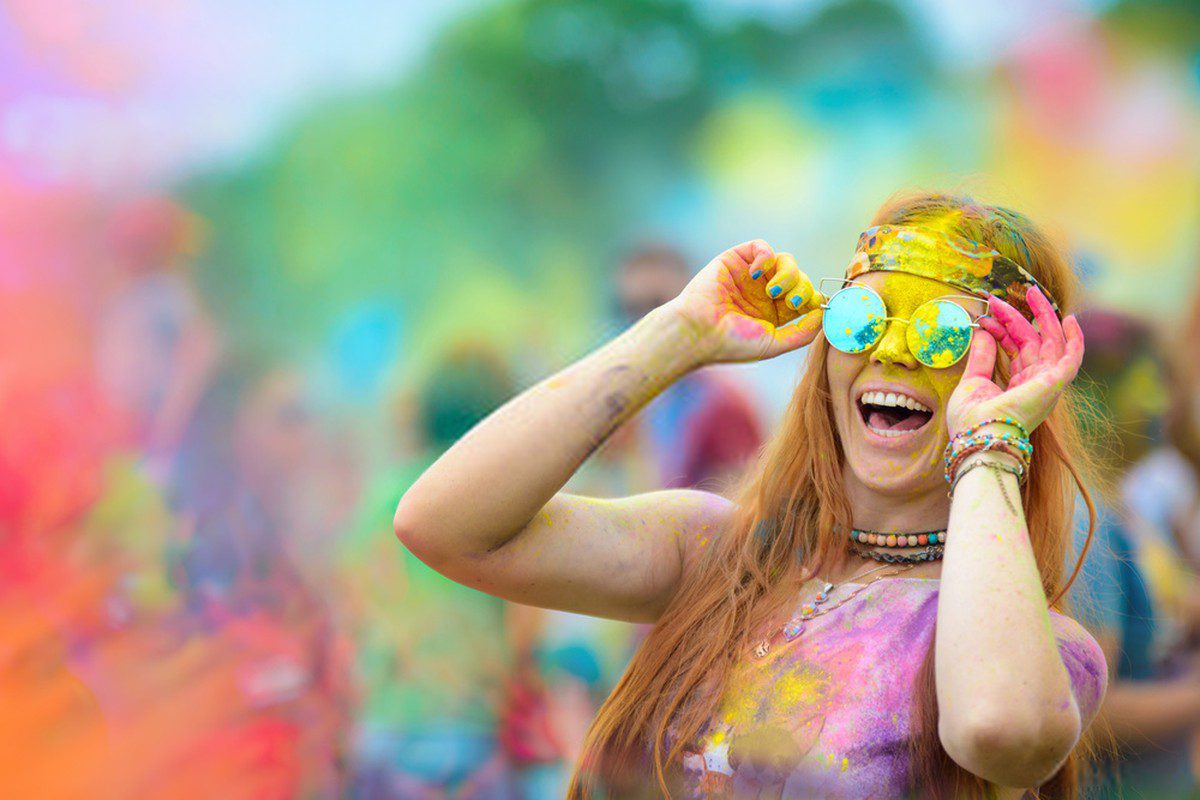Holi is a unique and amazing festival of color unlike any other, it is also one of the most ancient festivals still celebrated today. It is instantly recognized by the way it is celebrated with colors, extreme enthusiasm, and great energy. It is impossible to miss the sight of people celebrating Holi if you are anywhere near. There are some amazing facts about Holi that everyone should know about.
Here are some interesting facts about Holi the amazing festival of colors
1. The Origin of the name Holi
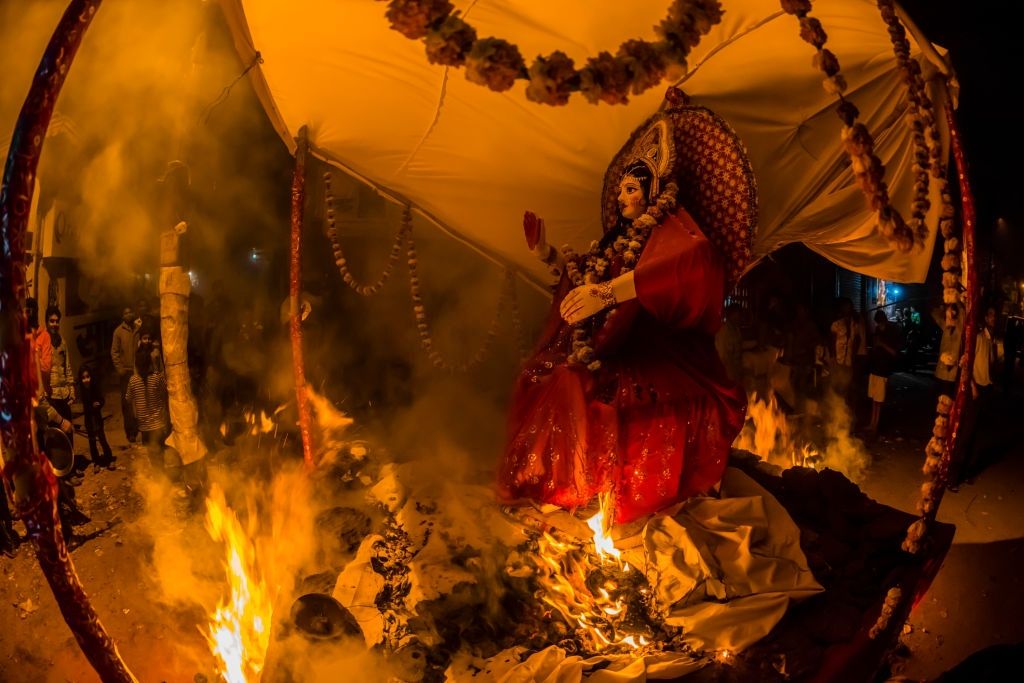
The name of the festival Holi has an interesting origin. It has been derived from Holika, the sister of demon King Hiranyakashyap” from Hindu mythology with a legend behind it.
Days before the festival people start gathering wood and combustible materials for the bonfire in parks, community centers, near temples and other open spaces. On top of the pyre is an effigy to signify Holika who tricked Prahalad into the fire.
2. The Legend of Evil King Hirankashyap
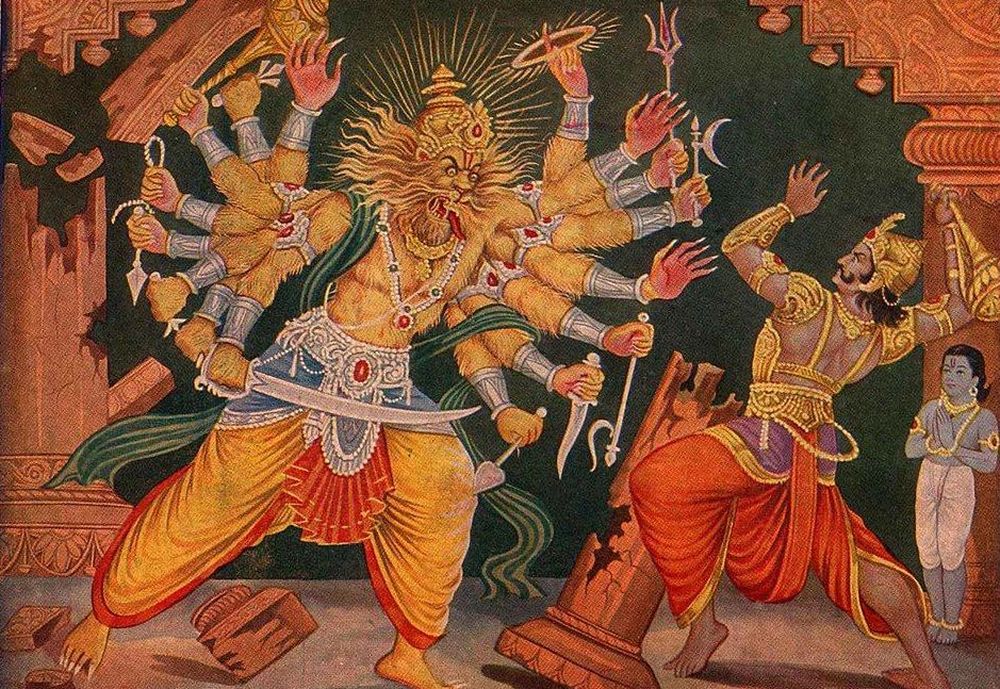
Now the interesting legend has that the evil king – Hiranyakashyap – forbade his son Prahlad from worshiping one of the Hindu gods – Lord Vishnu. However, Prahlad worshiped Vishnu despite his father’s denial.
Thus the demon king ordered Prahlad to sit on a pyre (a structure, usually made of wood, for burning a body as part of a funeral rite or execution) along with Holika (who was immune to fire) the sister of the demon king.
When the fire started, Holika was burnt to death in spite of her immunity to fire, and miraculously Prahlad was saved because Prahlad sought the help of Lord Vishnu during the event. This significant event is still repeated in the form of Holika Dahan. You can read about the festival of Holi for its significance and rituals.
3. Lord Krishna Association with Holi
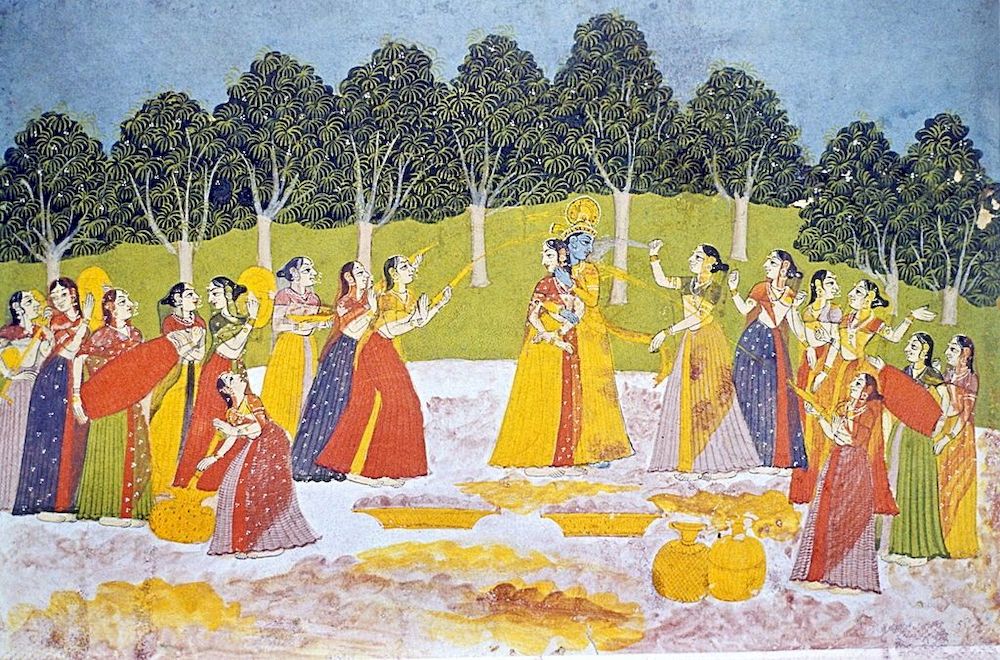
There is also another story about the origin of Holi that has to do with Lord Krishna. The legend is that Lord Krishna as a baby was poisoned by the breast milk of Putana and thus he developed the characteristic blue complexion of his skin.
Krishna unsure if fair-skinned Radha and other girls would like him, approached Radha and colored her face in some colors.
Radha accepted Krishna despite the blue color of his skin and since that day the festival of Holi is celebrated. This, however, is a lesser-known fact about Holi and also the lesser accepted version for the origin of Holi. But the story is well accepted as a legend.
4. Celebration across the globe
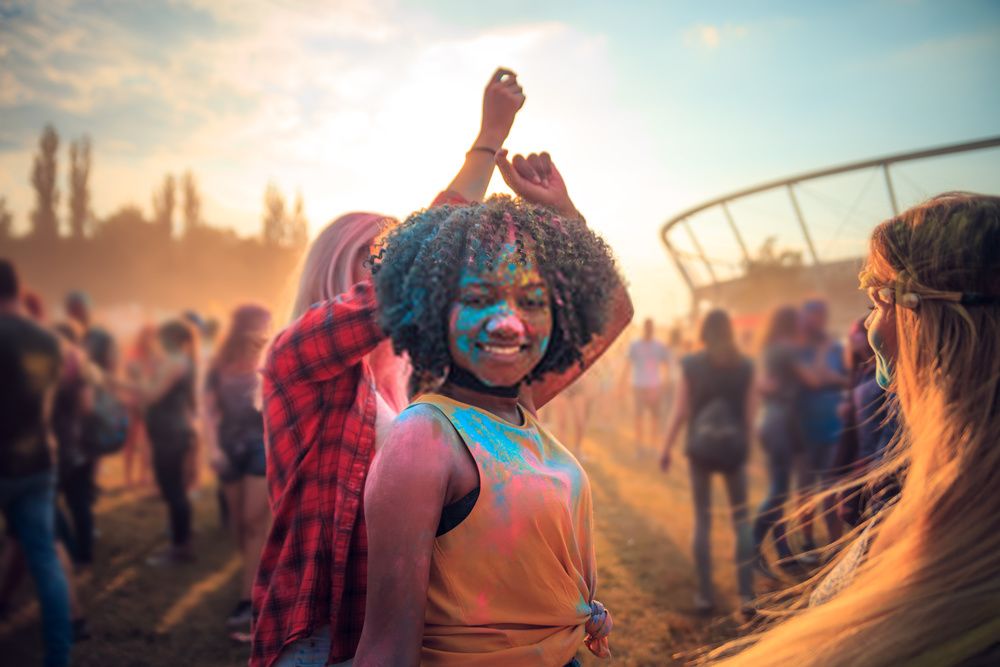
Almost all Hindu festivals have regional variations. However, Holi is a national festival celebrated in its true form across all the 28 states of India.
While Holi is one of the most ancient Hindu religious festivals along with Chhath, it has become popular even with non-Hindus as well in many parts of South Asia, as well as people of other communities outside Asia.
In addition to India and Nepal, the festival is celebrated by Indian subcontinent diaspora in countries such as Jamaica, Suriname, Guyana, Trinidad and Tobago, South Africa, Malaysia, the United Kingdom, the United States, Canada, Mauritius, and Fiji.
5. A Festival celebrated by all religions

The festival has traditionally been also observed by non-Hindus, such as by Jains and Newar Buddhists (Nepal).
Holi is a festival whose celebration is so remarkable that you witness it across every part of India. However, one unique specialty of the festival is its celebration by all religions with equal enthusiasm by people of all religions.
A great sight indeed in a secular country like India. It becomes more appealing as Holi is a festival that is so extravagant in the celebration that you will be left amazed.
6. The significance of the day of celebration
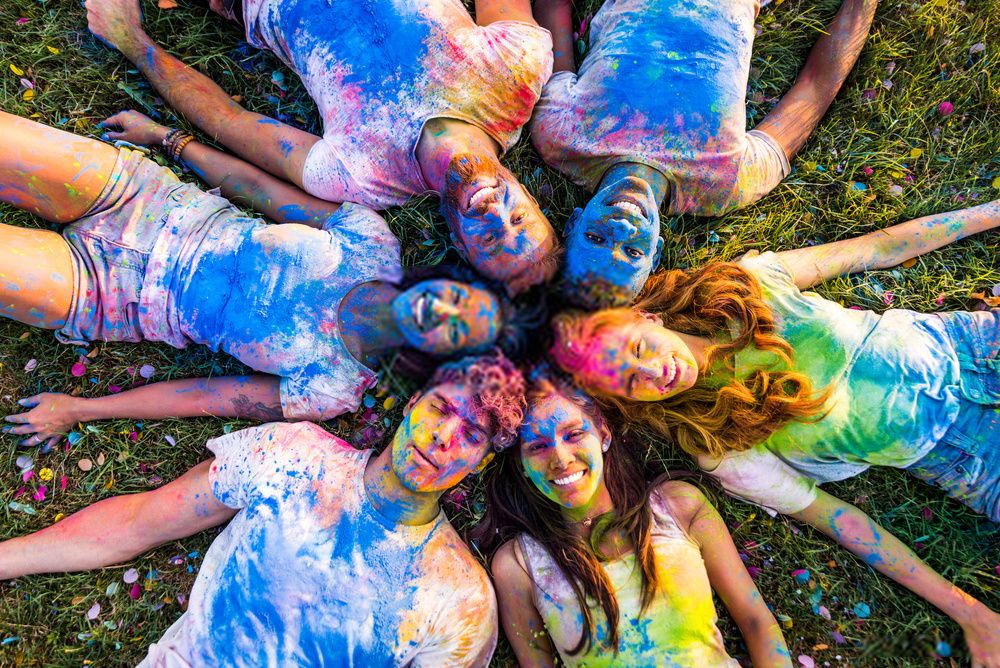
Holi is celebrated after the full moon in the month of ‘Phalguna’ which generally falls between February and March.
It also marks the end of the bitter winter season and shifts towards warmer days ahead. The festival signifies the arrival of spring, the end of winter, the blossoming of love, and for many a festive day to meet others, play and laugh, forget and forgive, and repair broken relationships.
7. Use of Many Colors
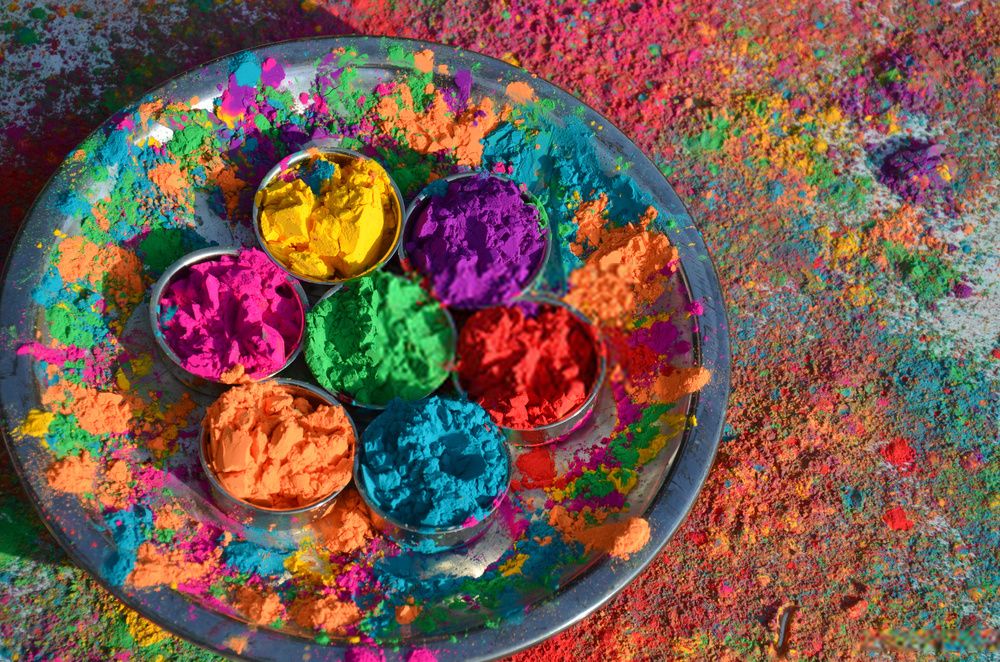
The use of synthetic colors during the festival of Holi is a recent trend. This was actually a concern for many people. However, many prefer playing with water and some homemade natural colors and Gulal.
There has been a gradual shift toward natural colors. This actually was the way it was celebrated in ancient India.
Natural colors are usually derived from indigo, sunflower, and marigold flowers.
8. Holika Dahan-A Day Before Holi
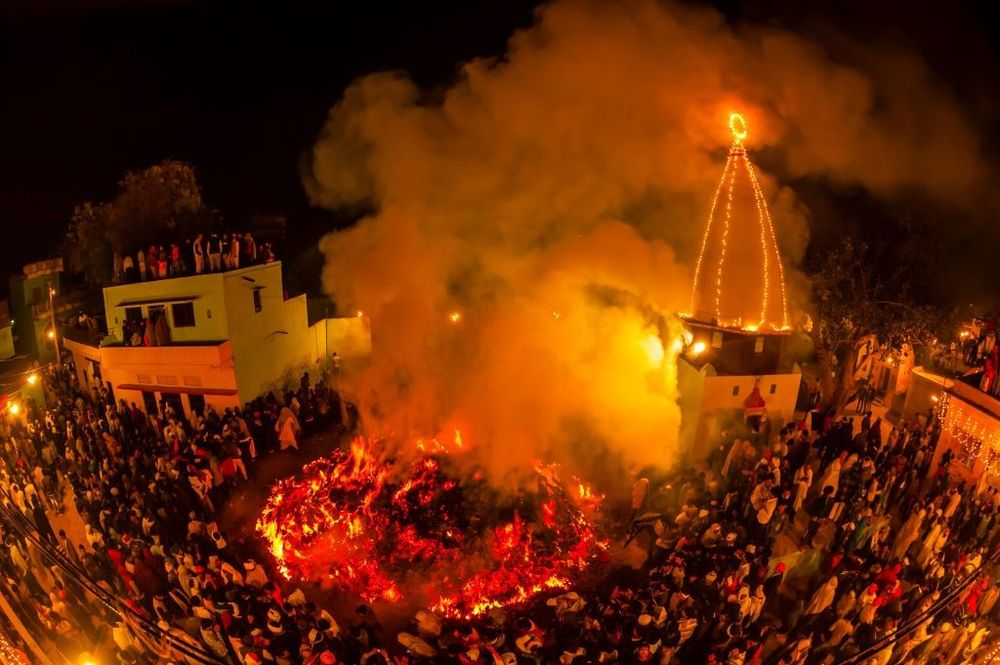
The festival of Holika Dahan (Buring of Holi Pyre) starts on the night before Holi when people gather and start a bonfire. T
The bonfire is lit up between 8 pm and midnight. People gather around the fire to watch it while eating their favorite food items and talk with friends.
9. Celebration of Holika Dahan

The Holika bonfire is a place where people gather and do their religious rituals. People during their religious rituals ask for forgiveness from the god and pray that their evil should come to an end.
On the eve of Holi, typically at or after sunset, the pyre is lit, signifying Holika Dahan. The ritual symbolizes the victory of good over evil. People gather around the fire to sing and dance.
10. Rangwali Holi Celebration
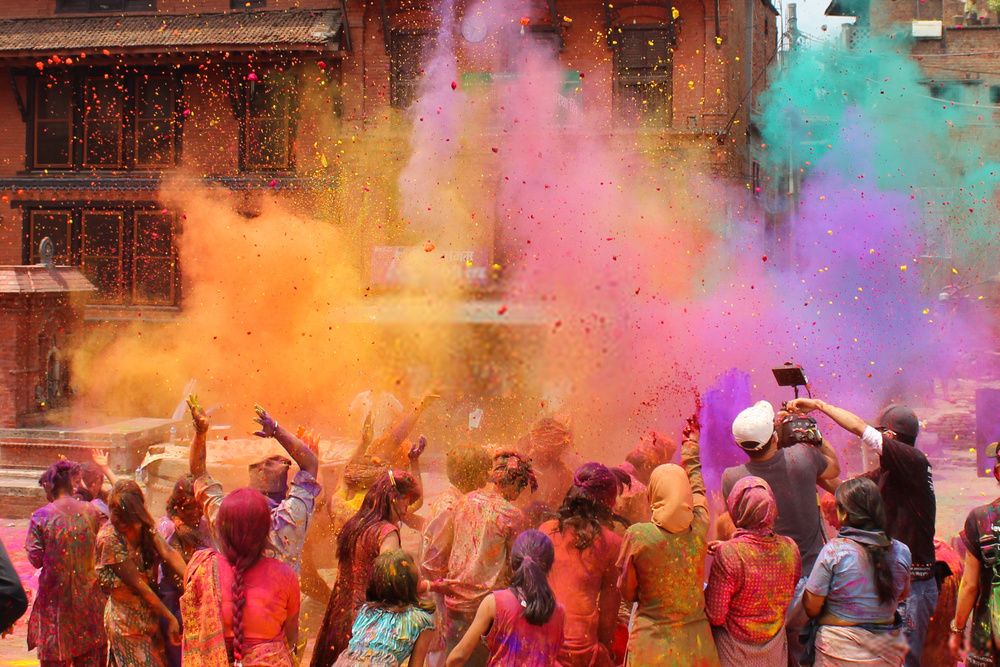
The second day of the festival of Holi which is also referred to as “Rangwali Holi” is the main day when people play with wet and dry colors. People chase each other in an attempt to color one another.
Water is a big part of the event as many people use water balloons and engage in interesting water fights with their family and friends.
A lot of different colors are involved and it’s a great time for everyone as every one irrespective of their age participates.
